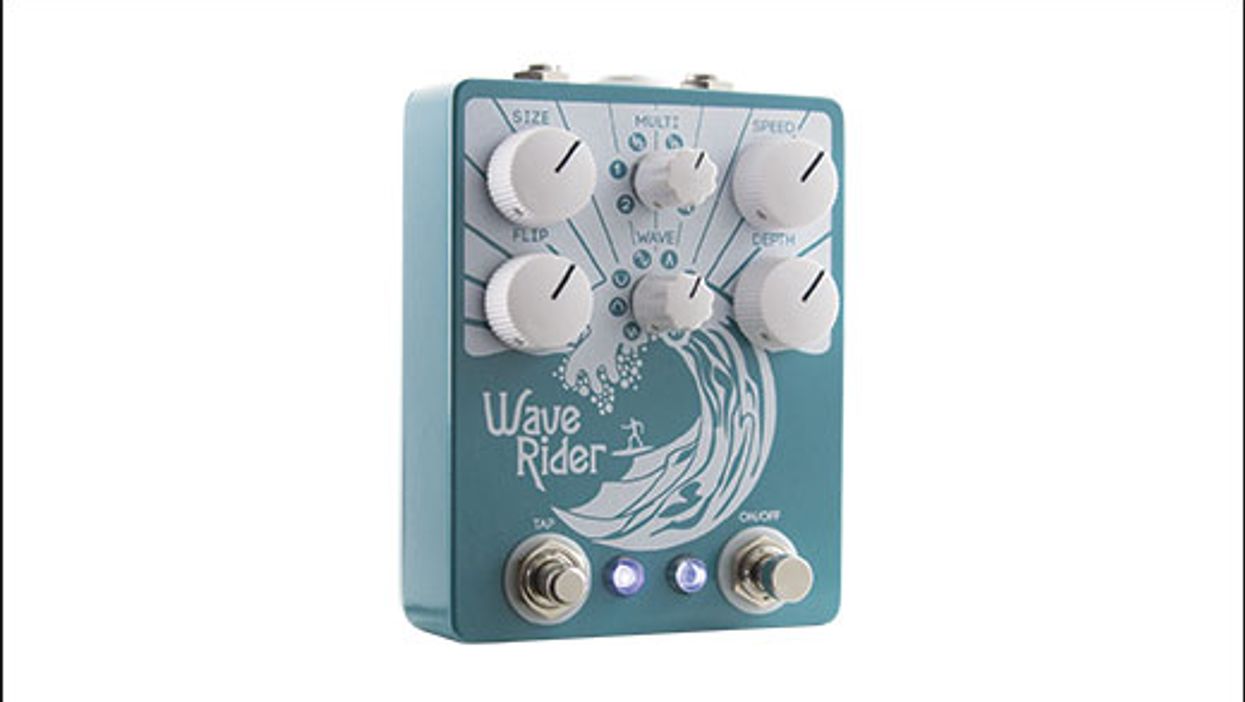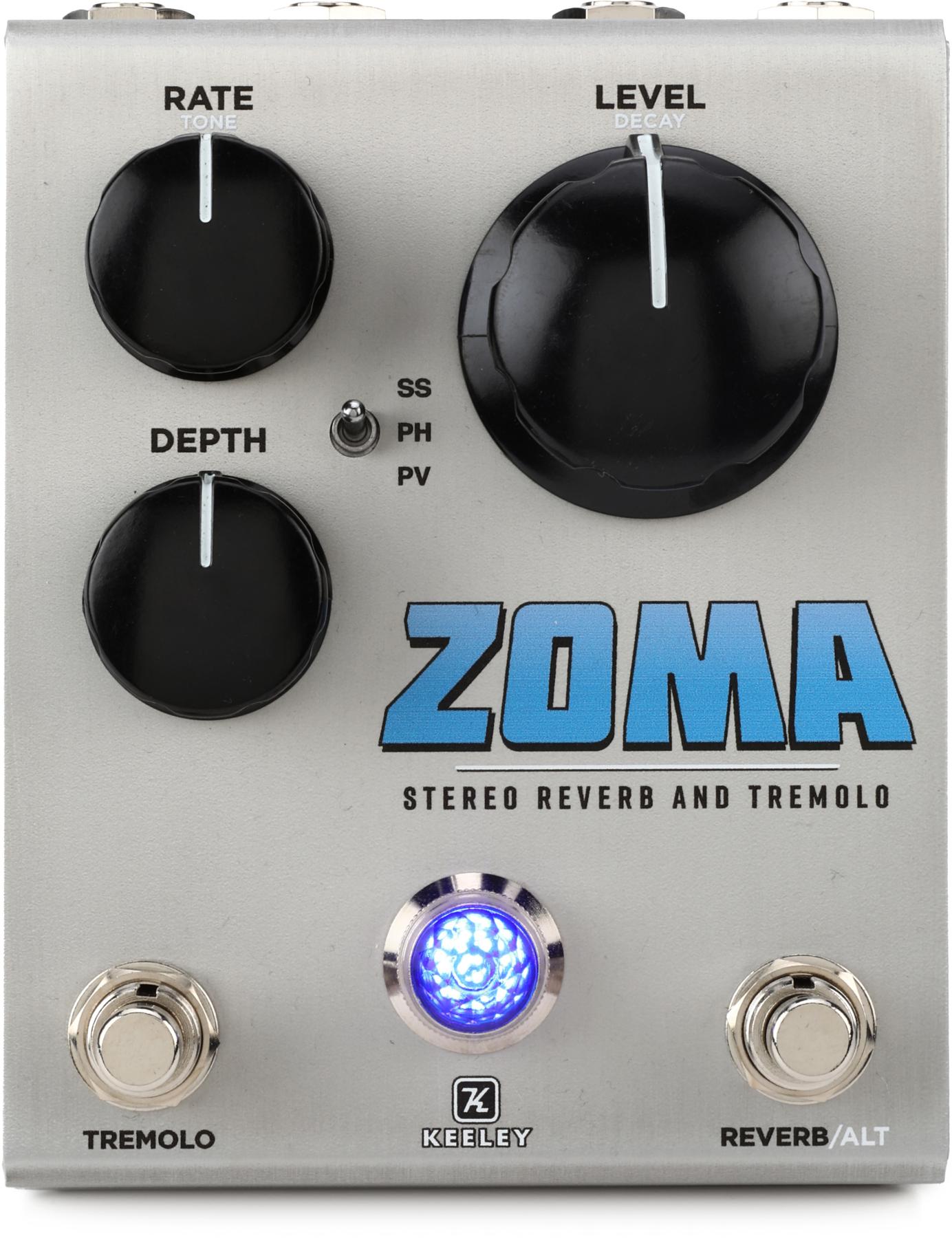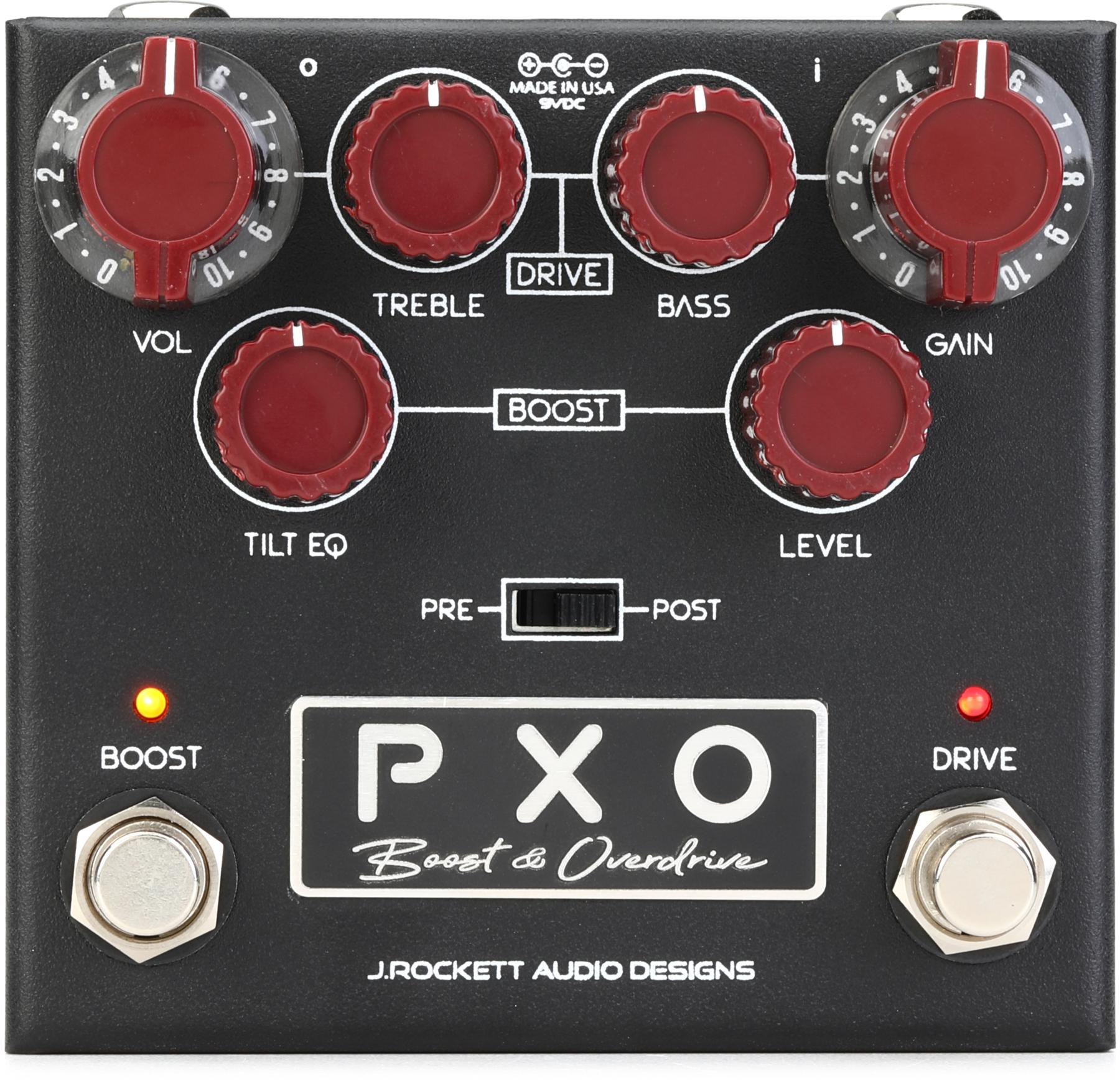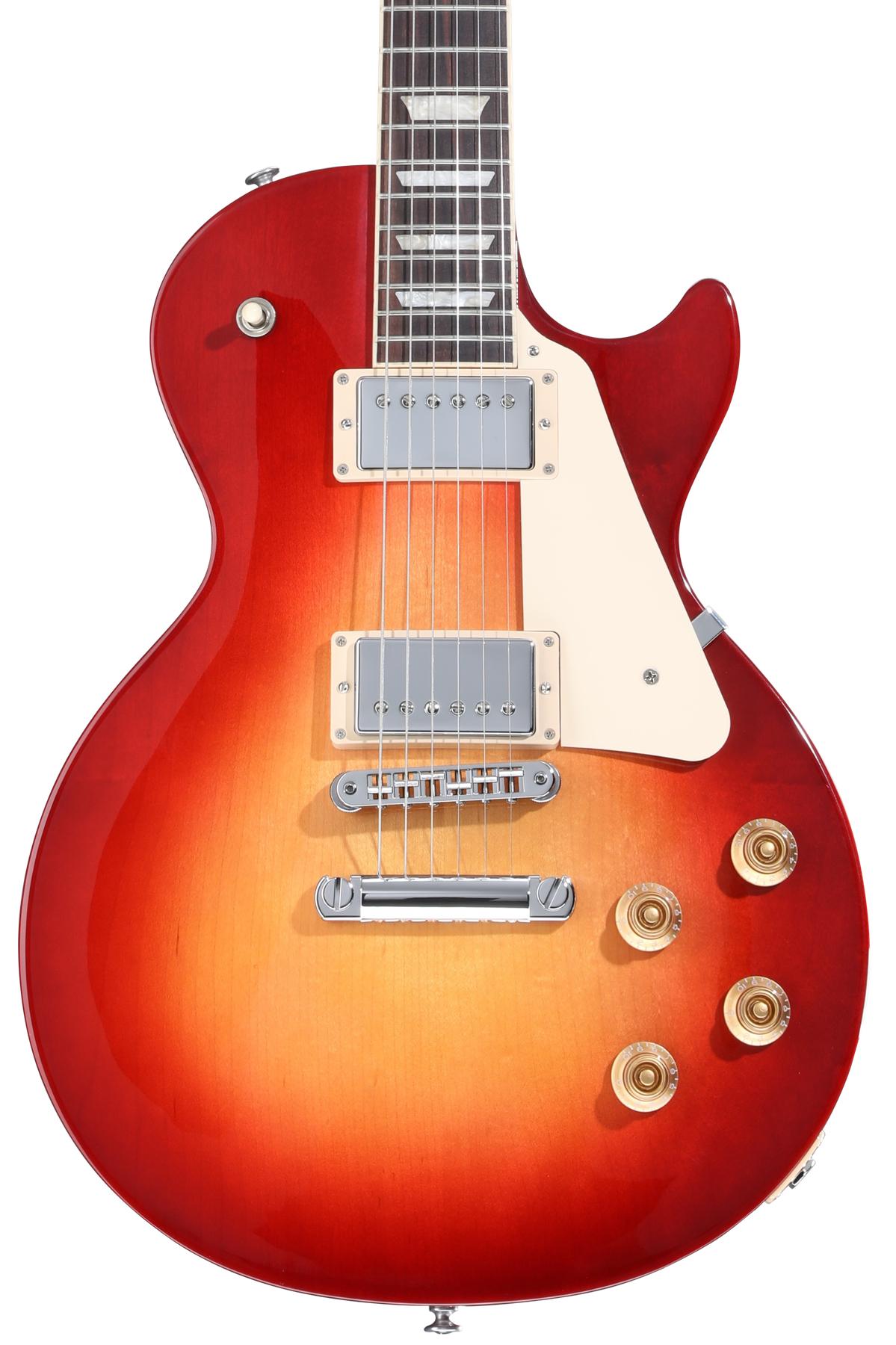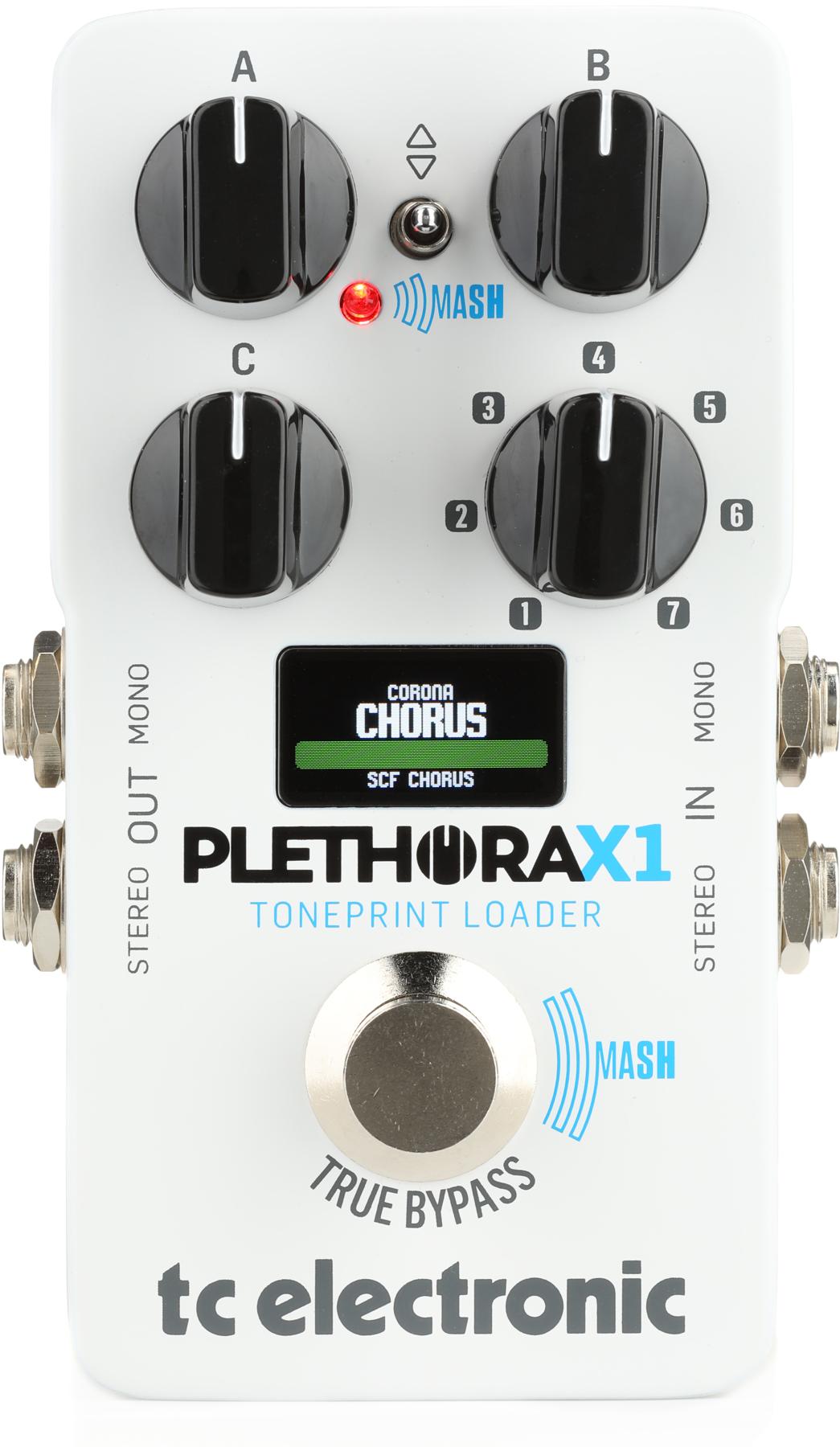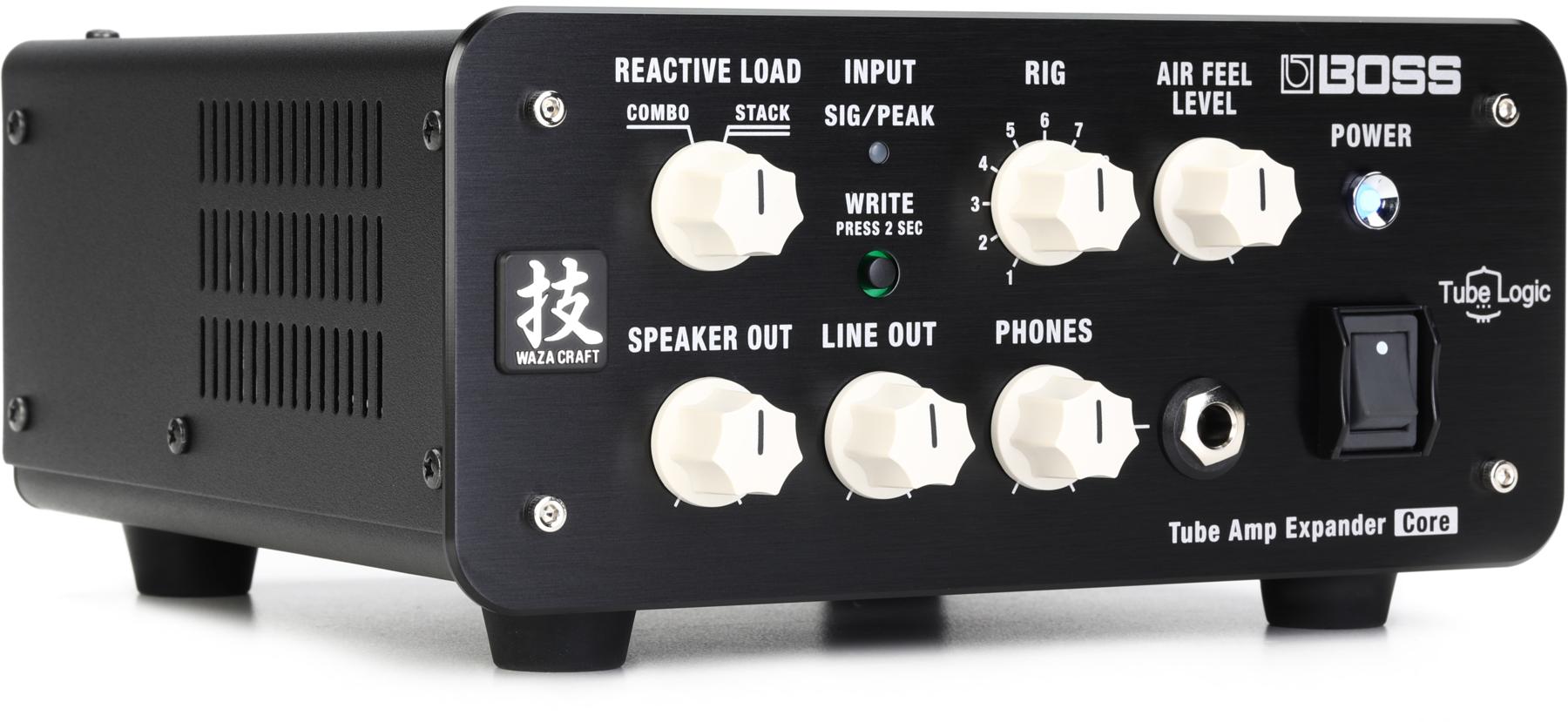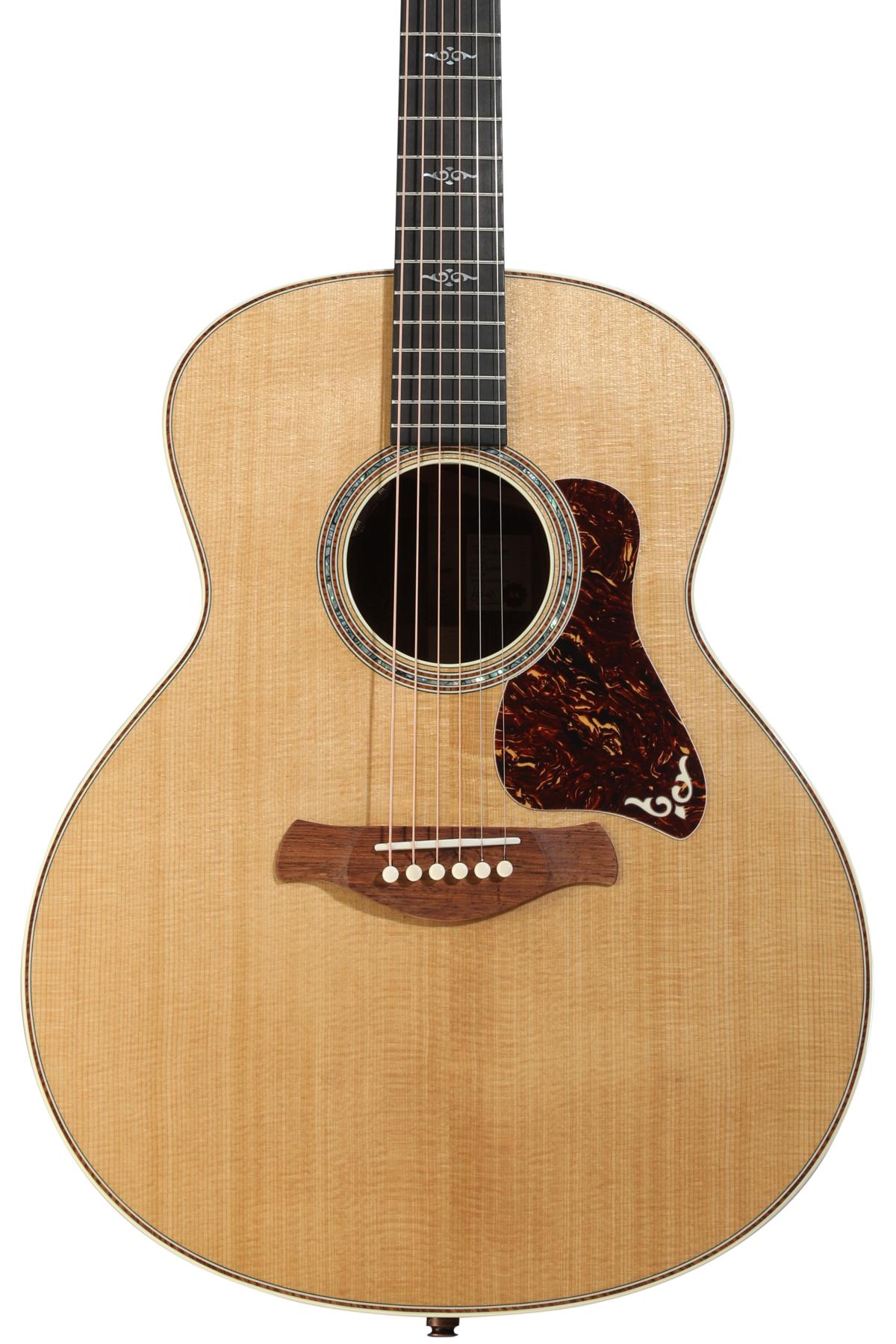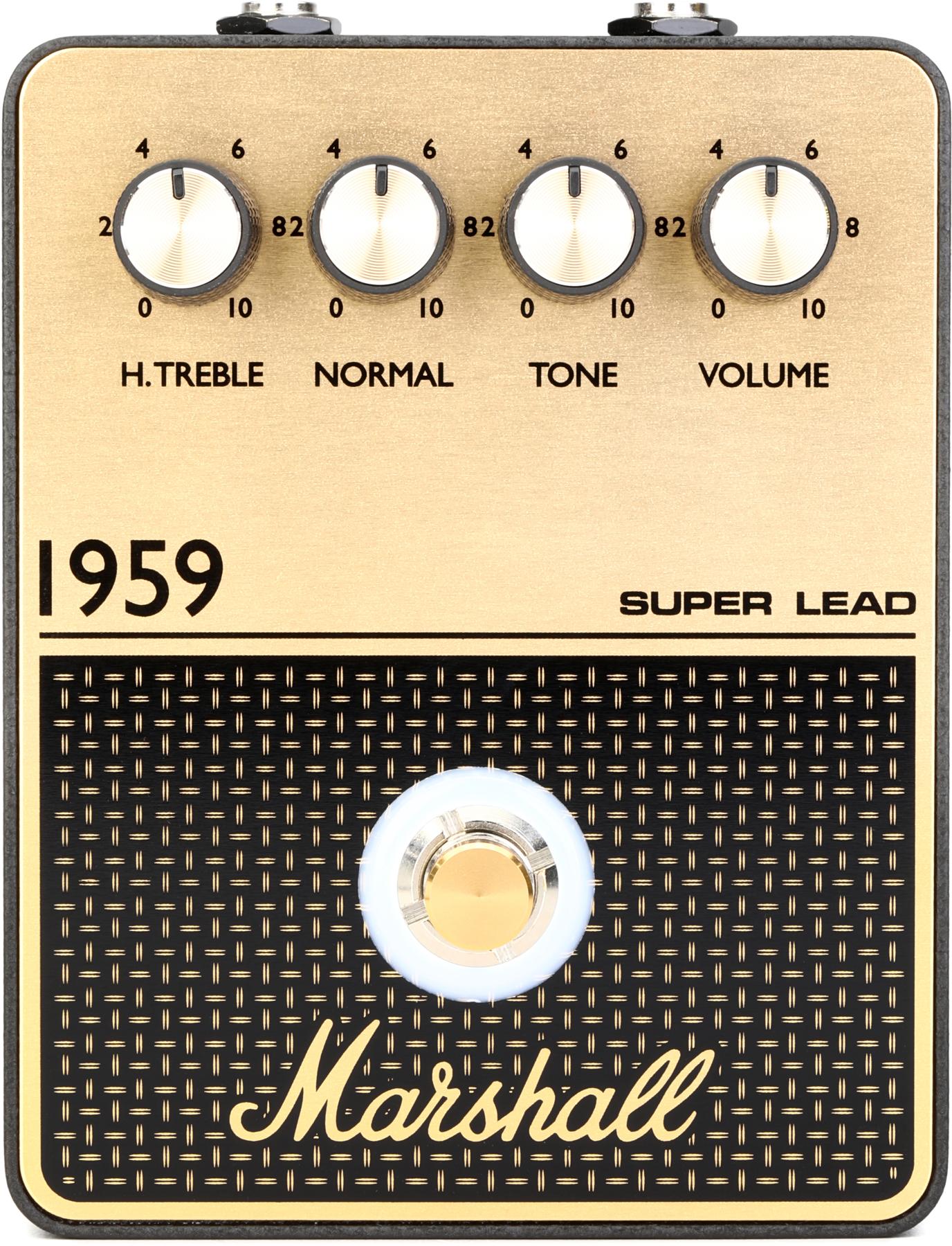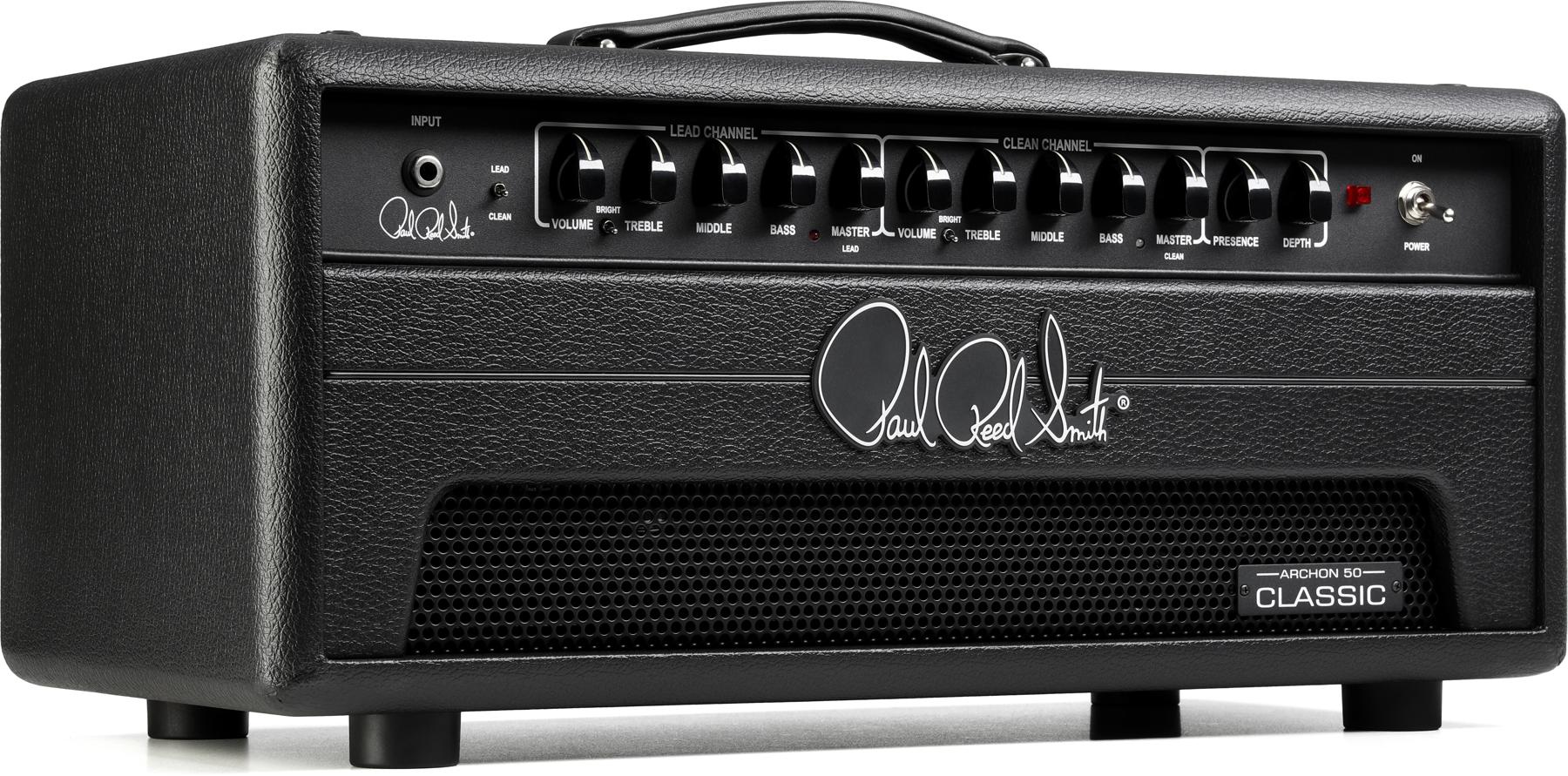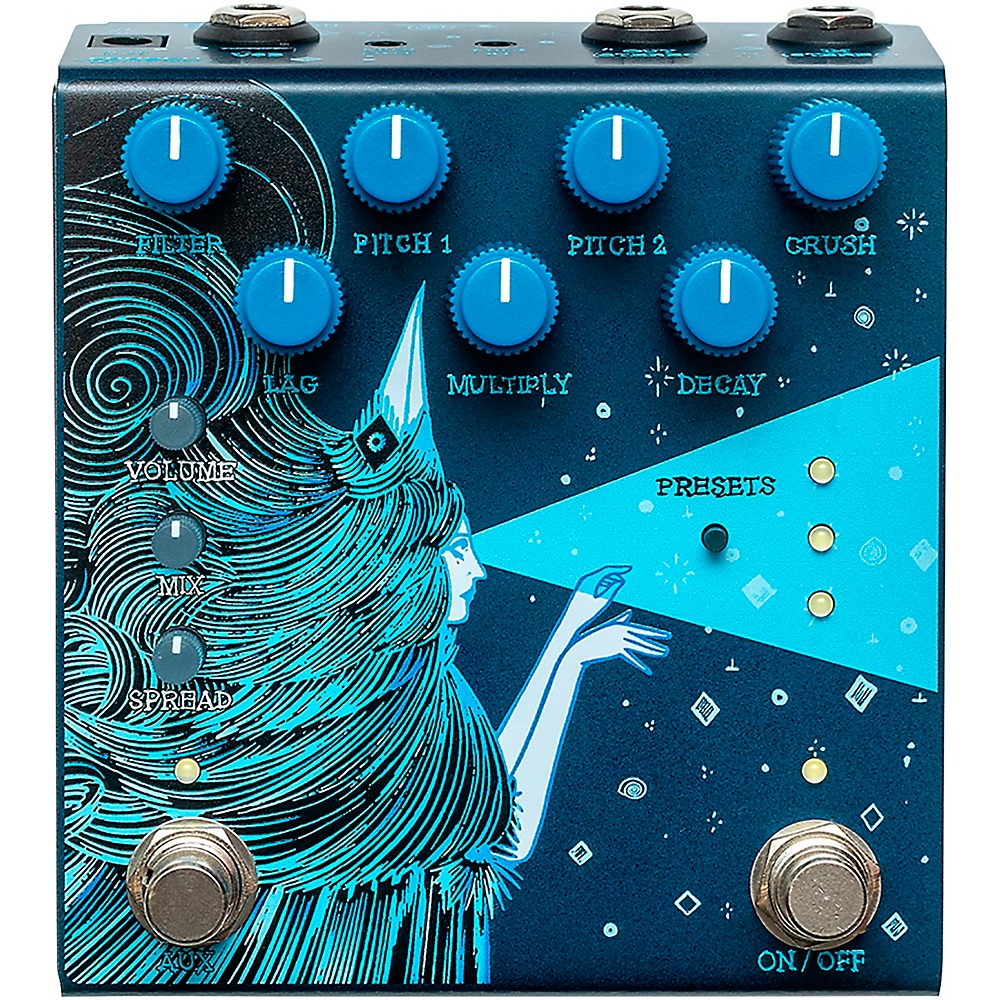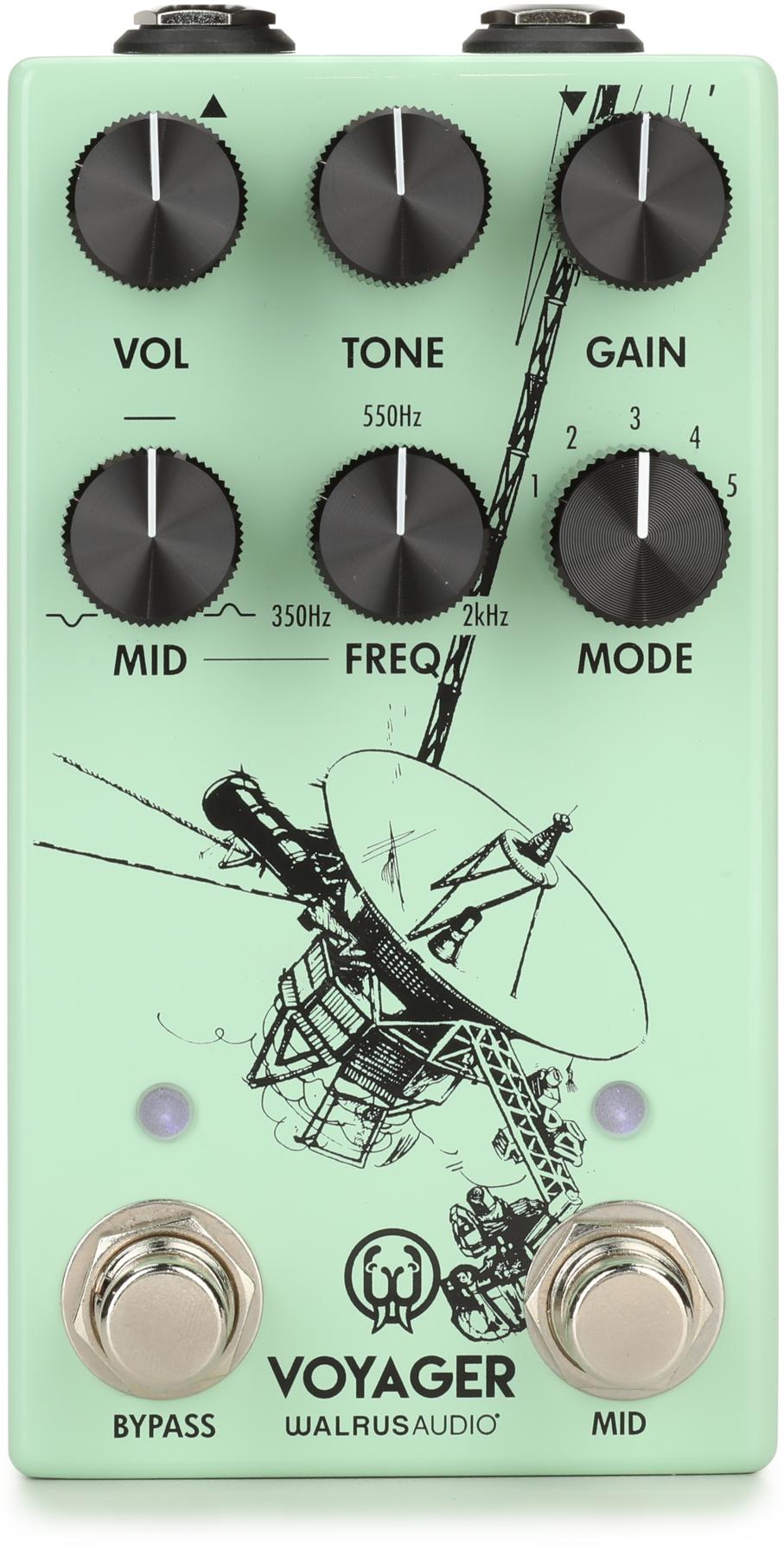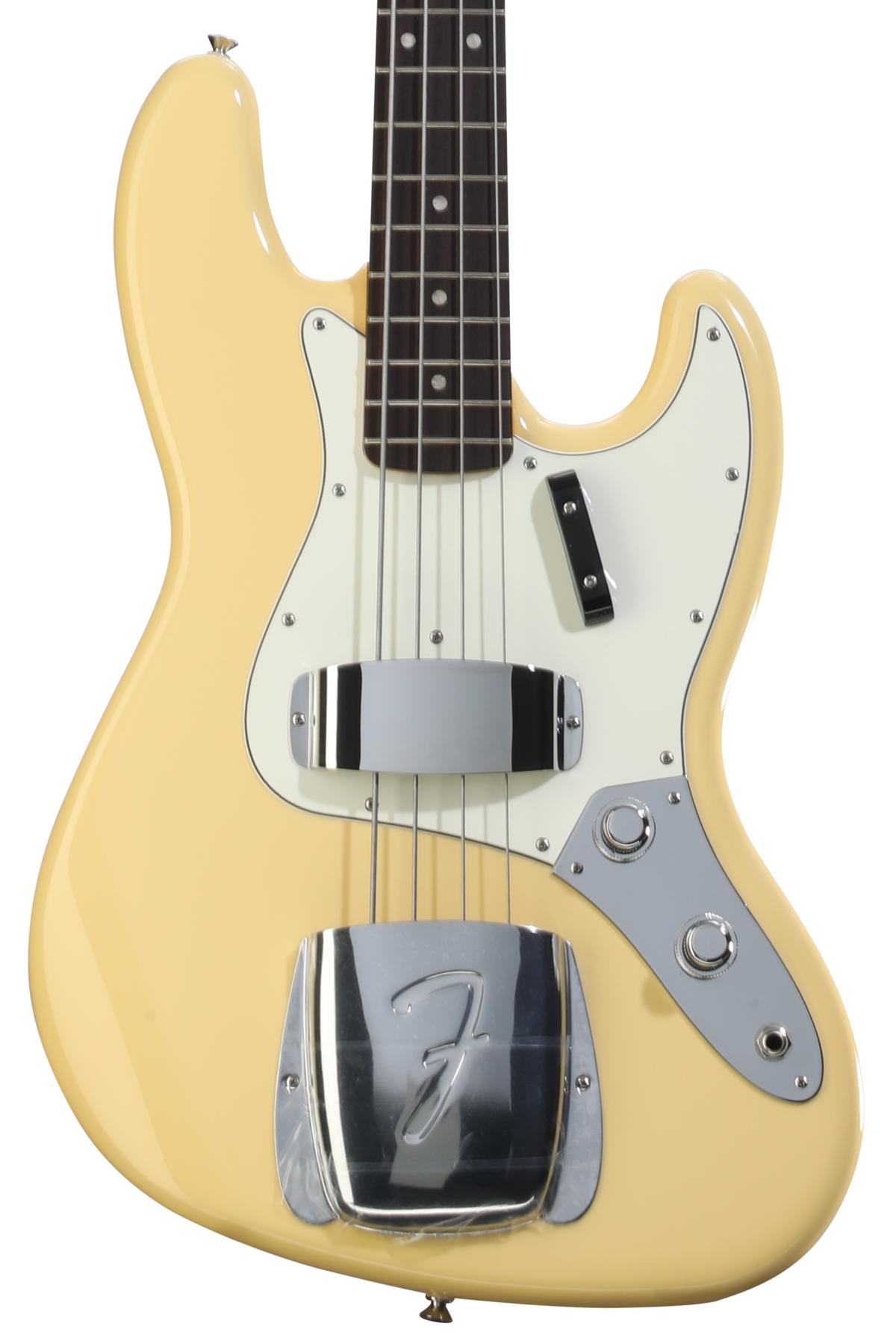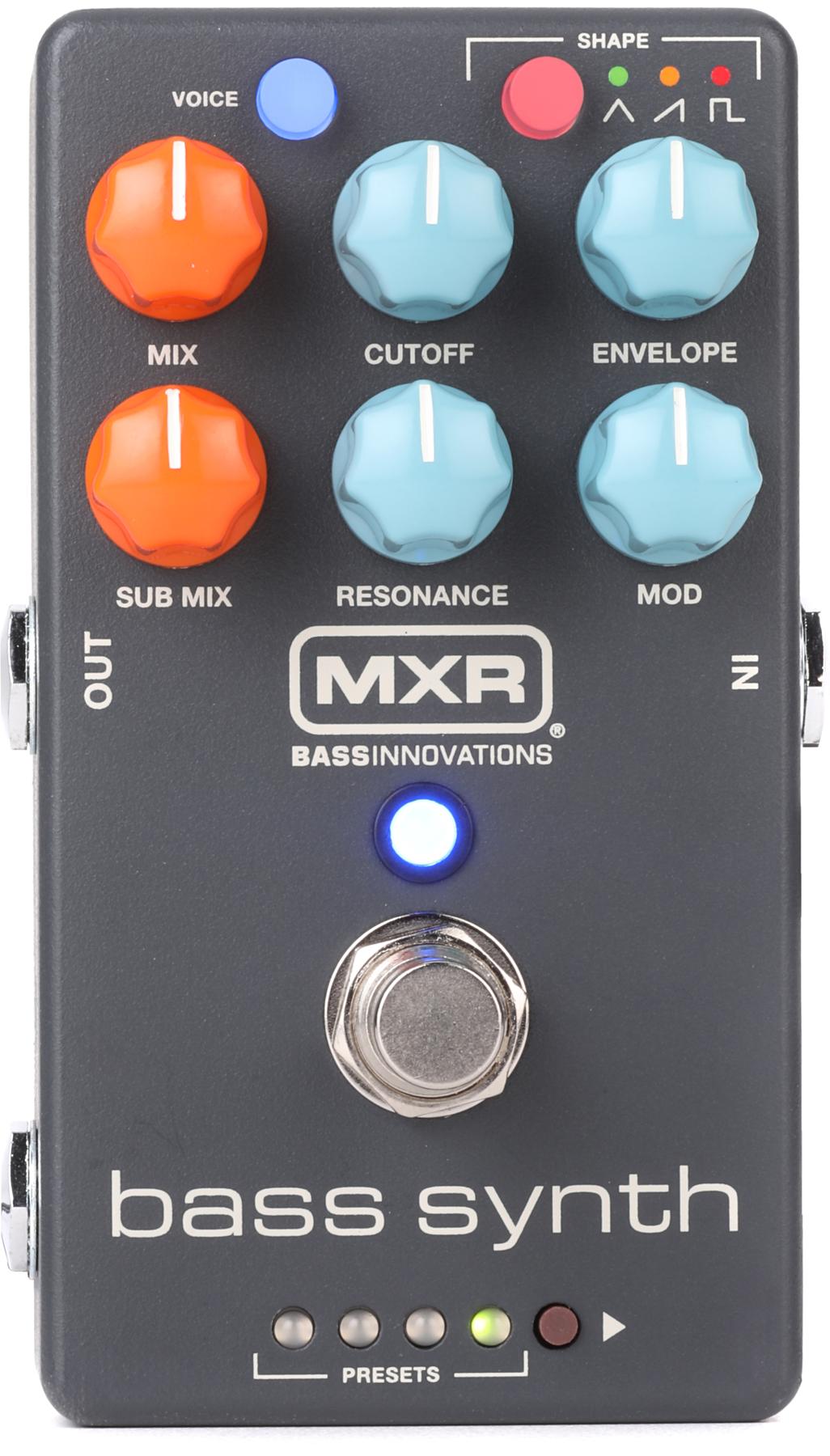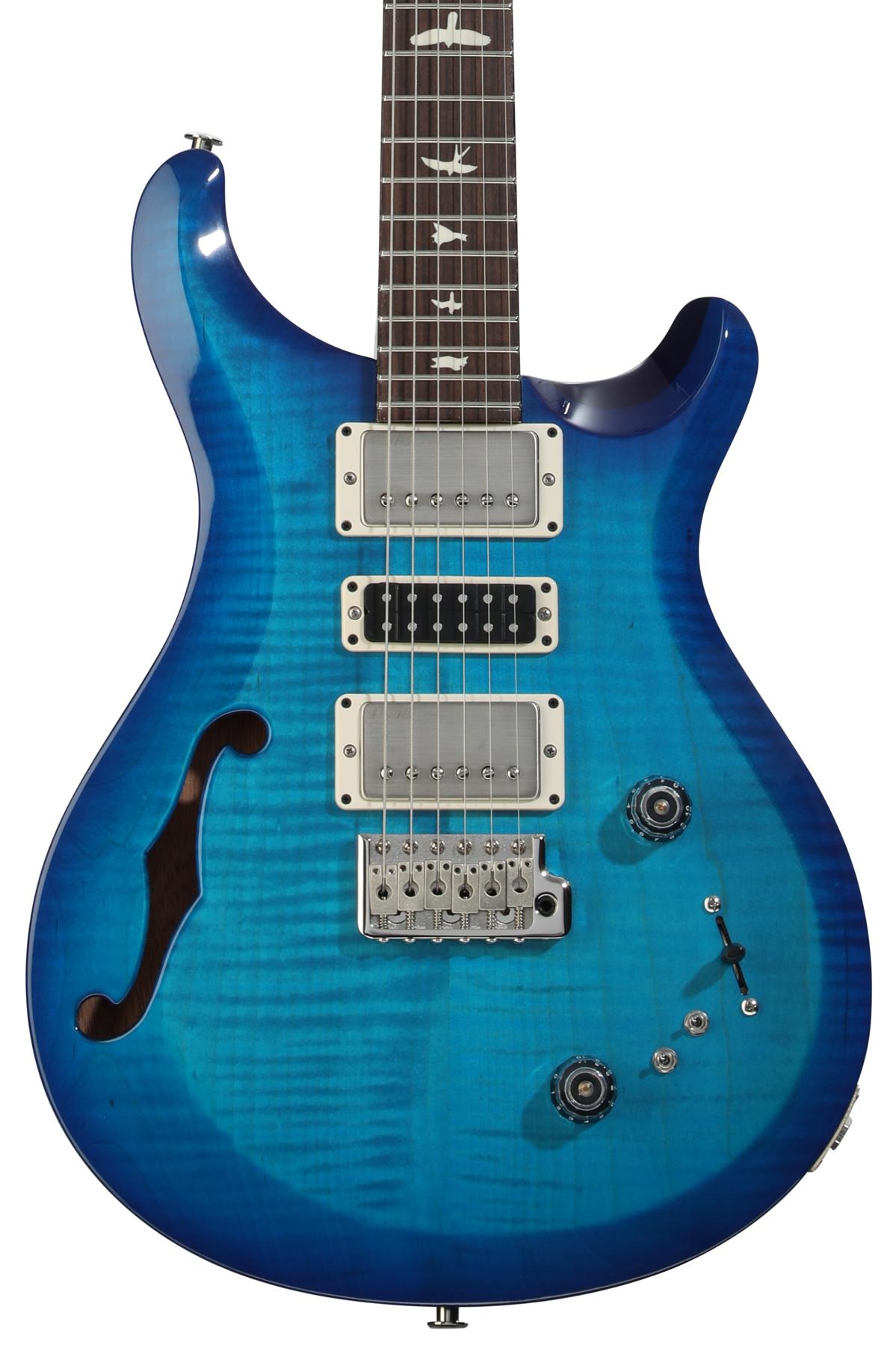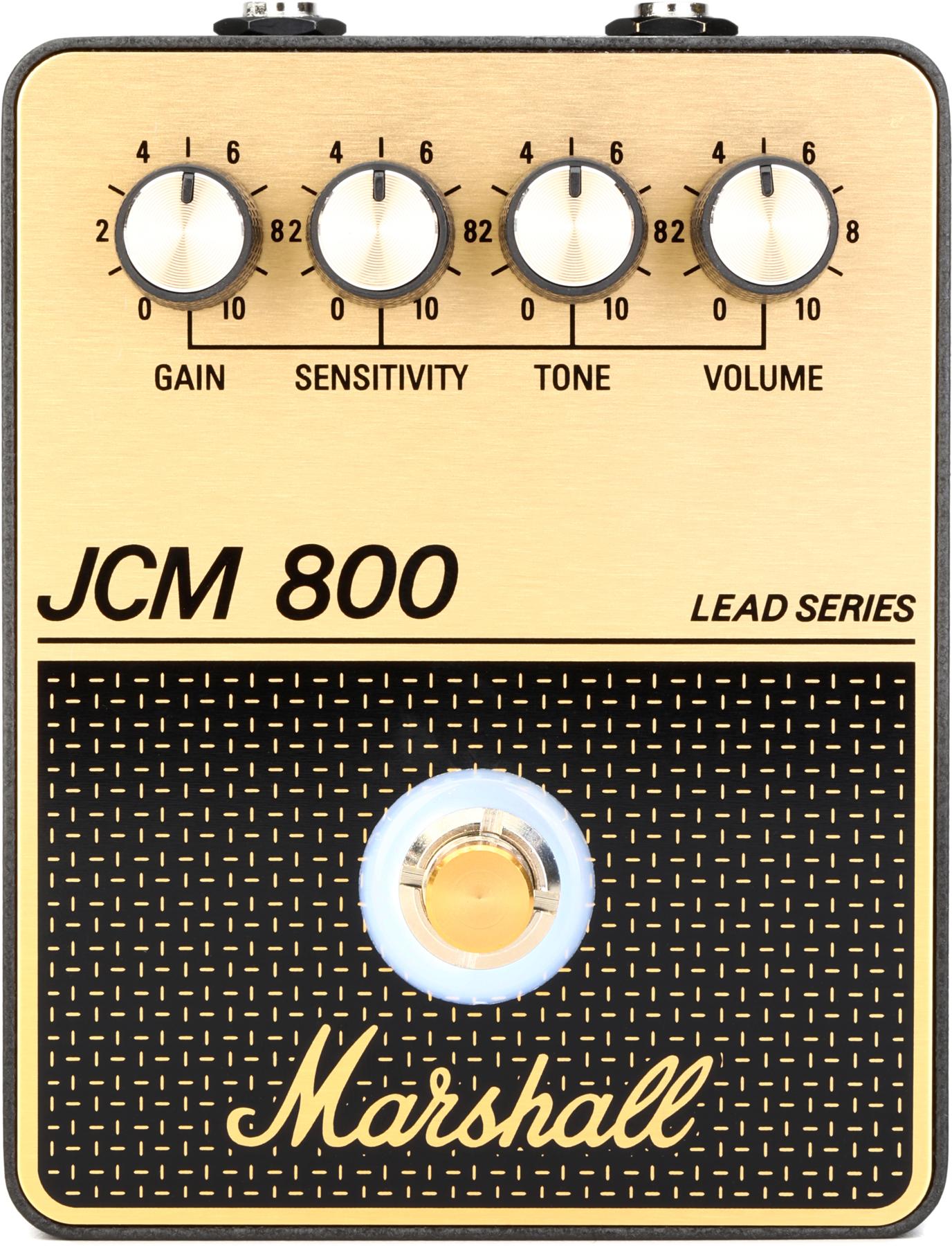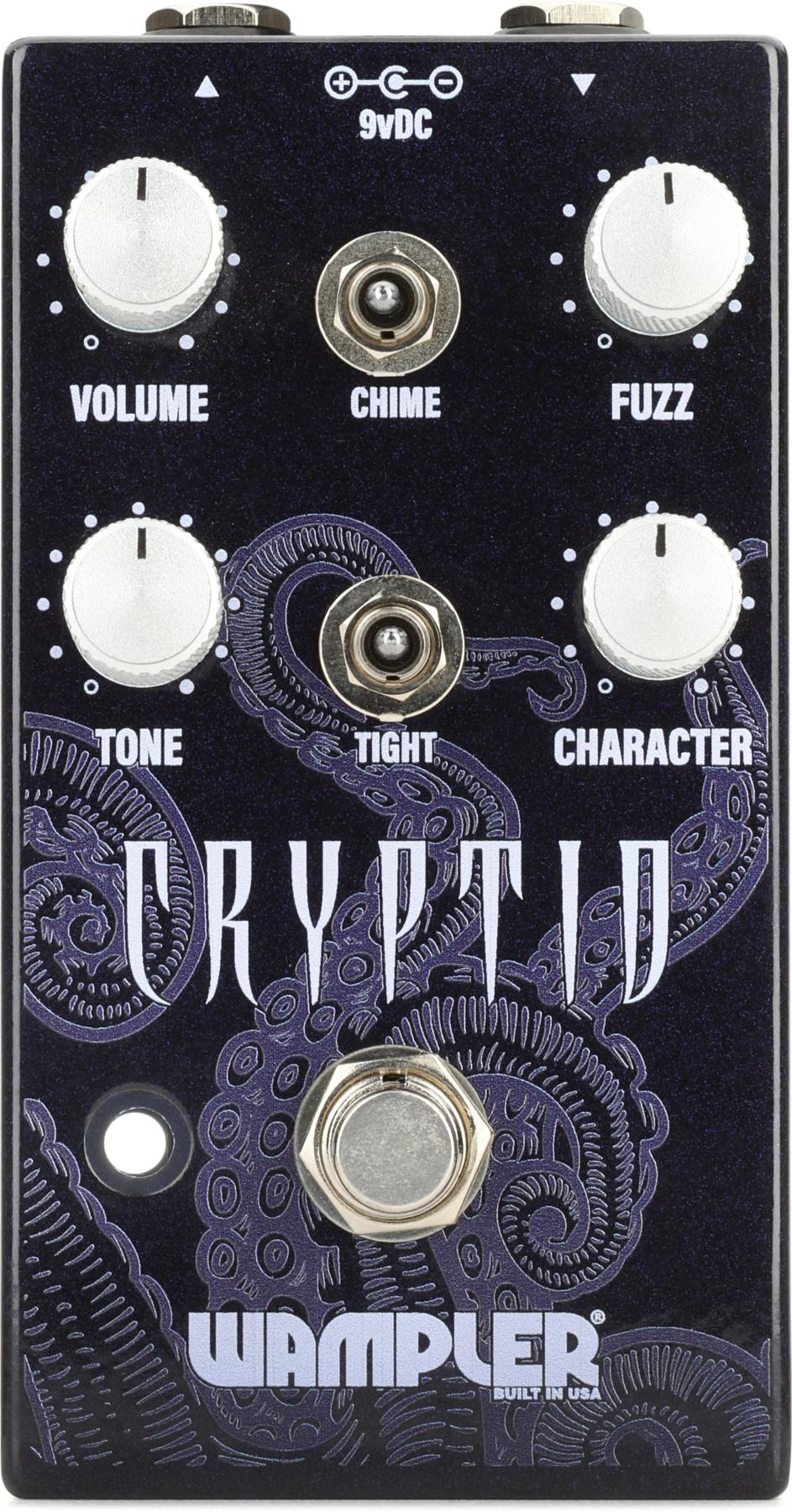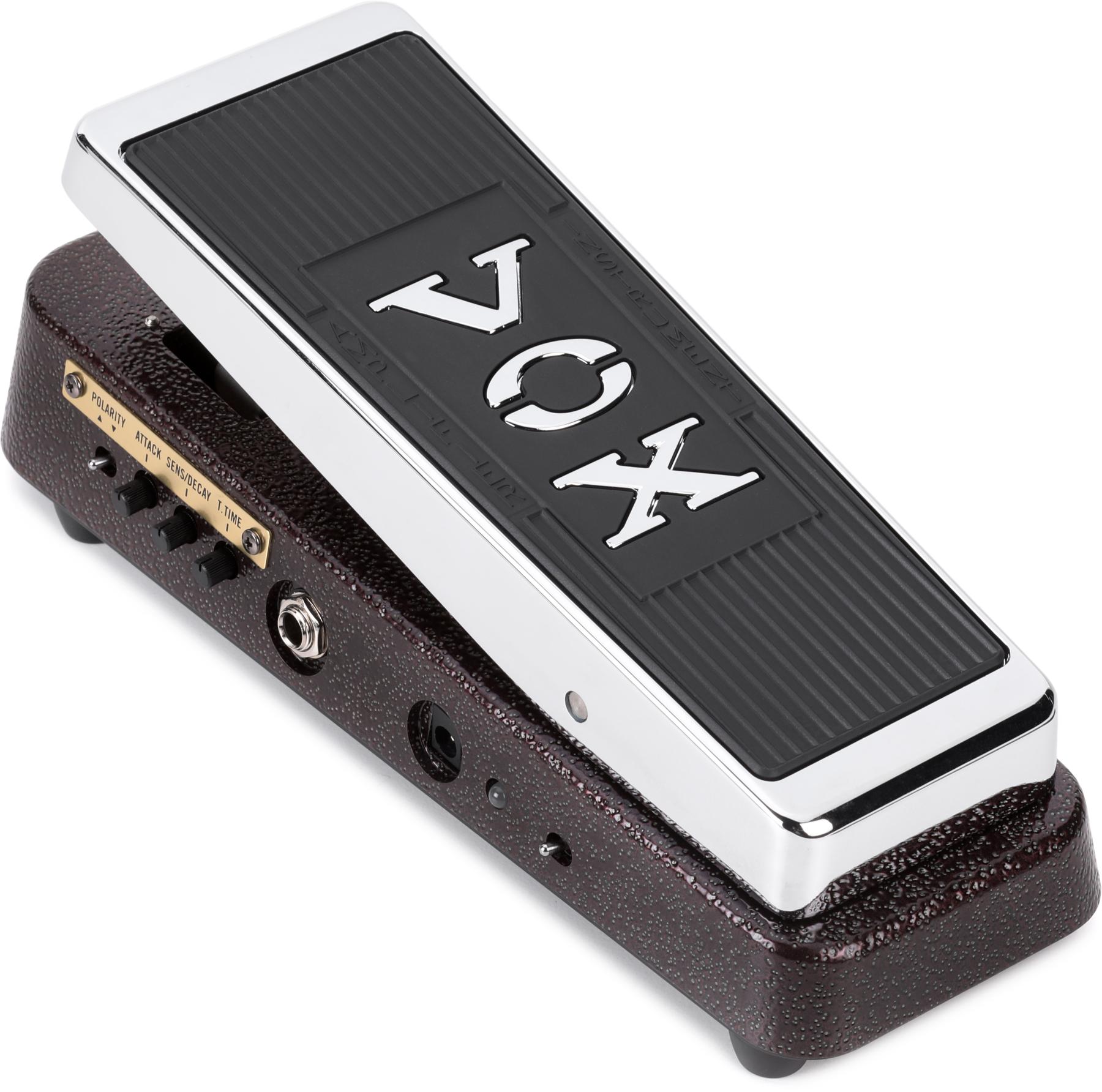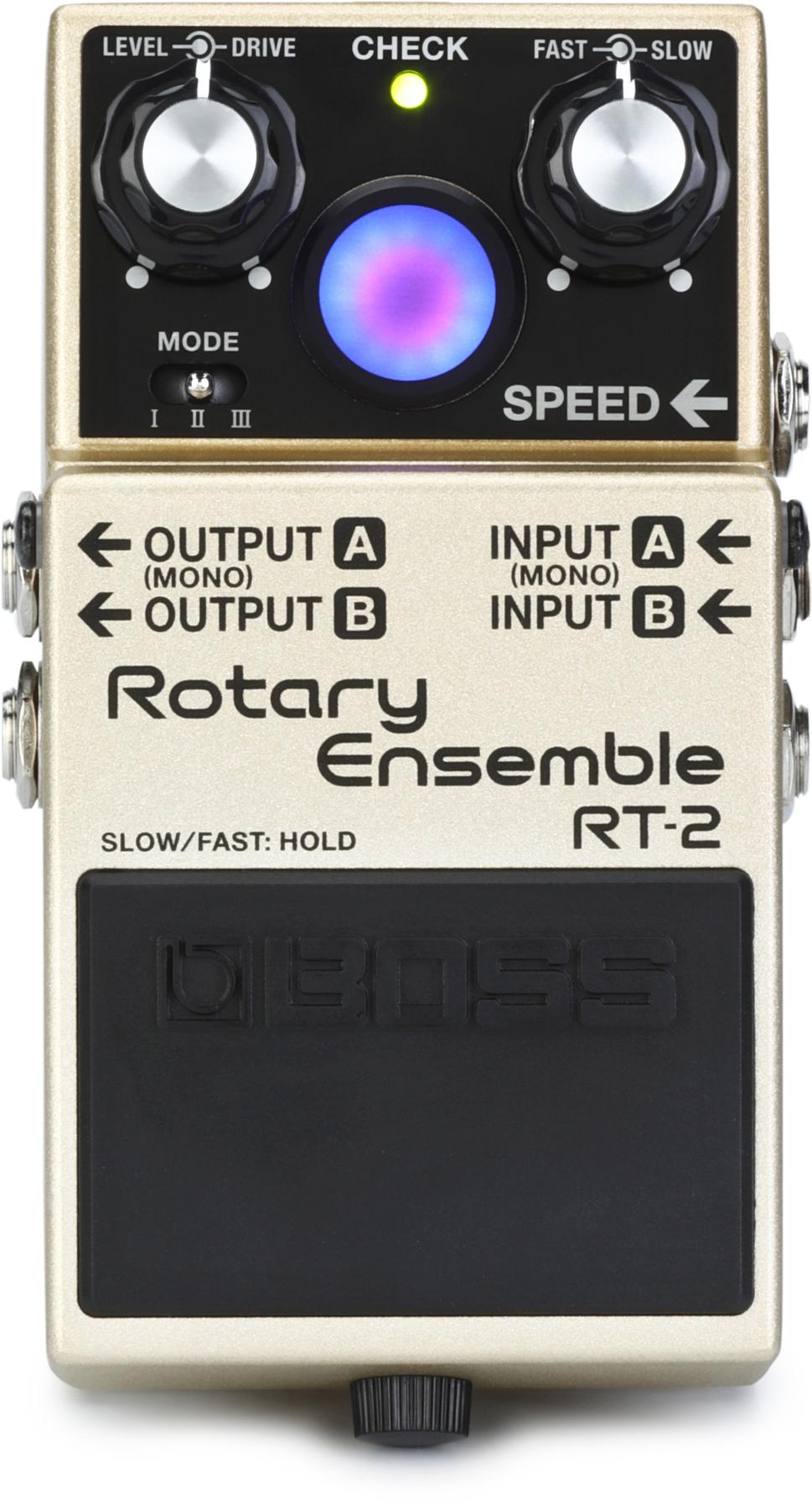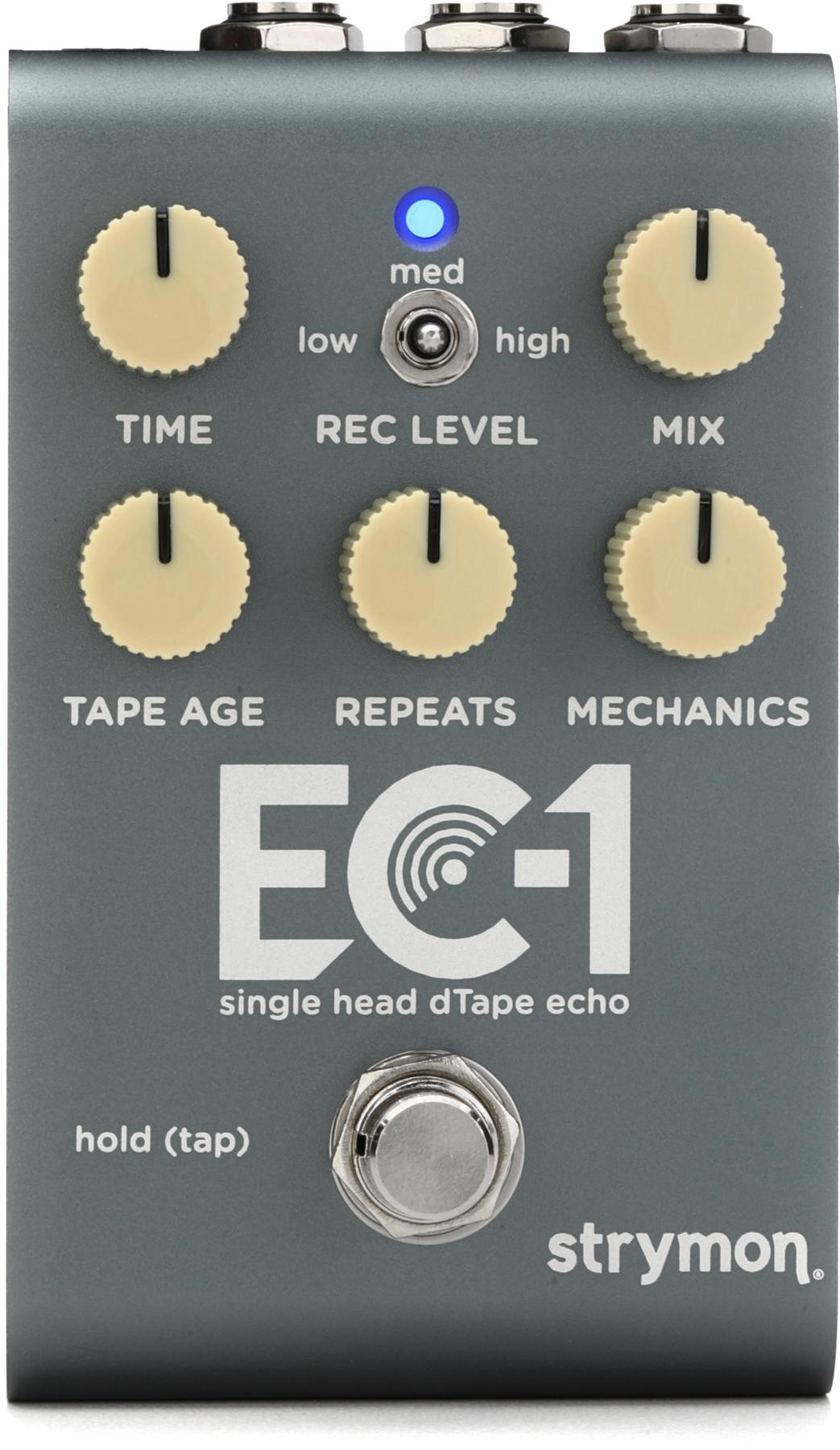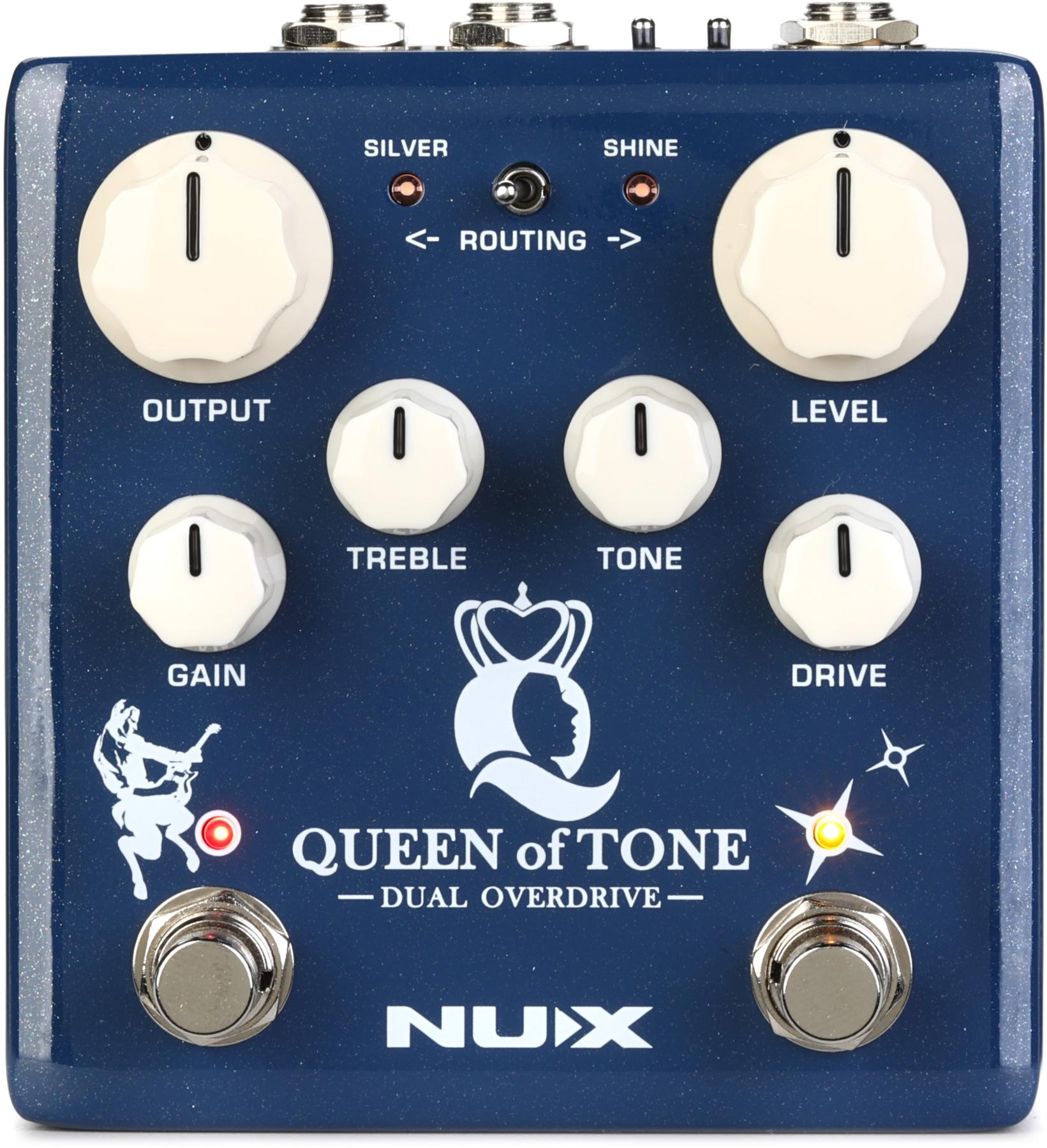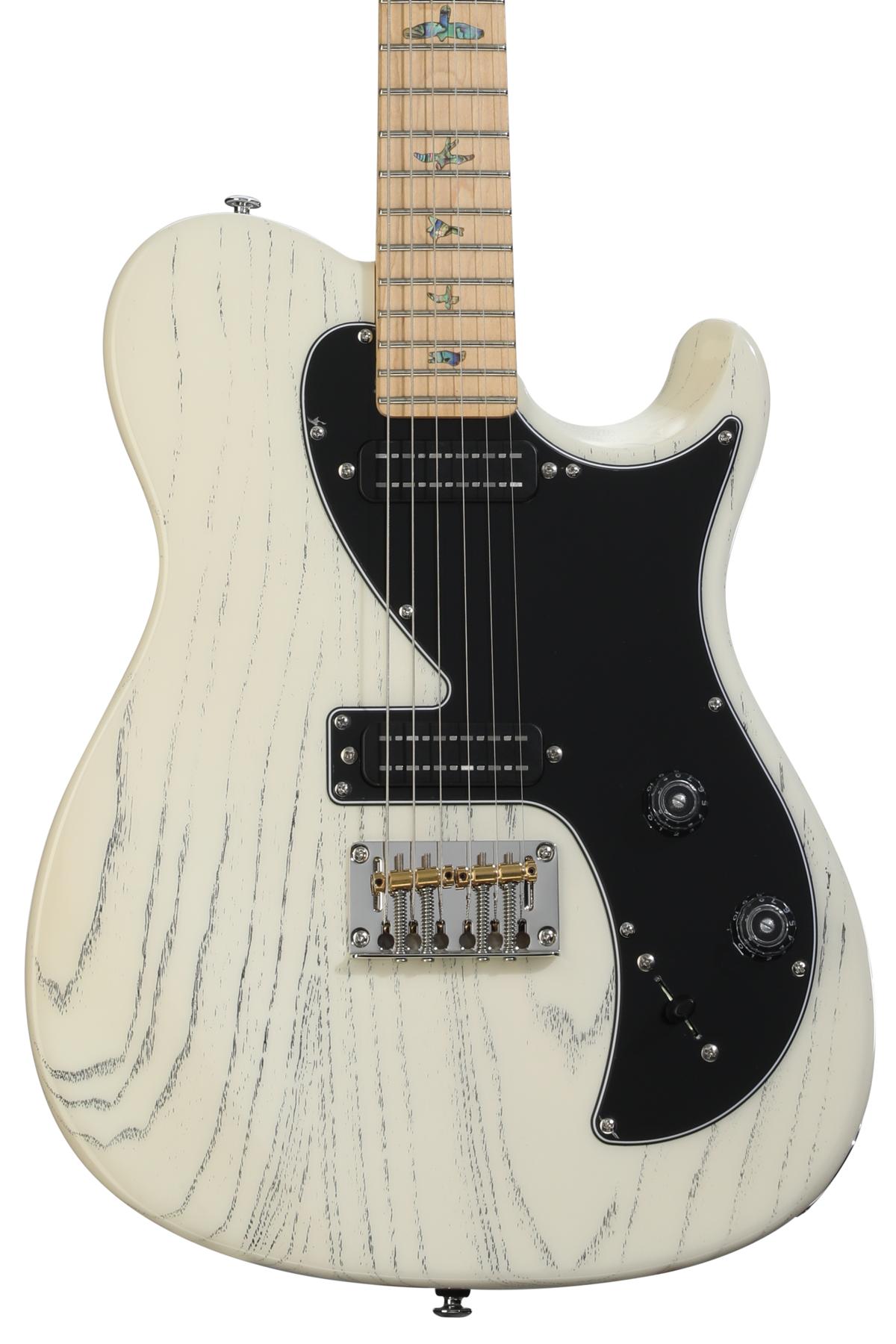Tremolo comes in a surprisingly diverse range of colors. There are the sweetly pulsing undulations of blackface Fenders, which are equally at home in raunchy or soft and soulful settings. There are the pitch-modulated tremolos of Magnatone amps and the wobbly hues of brownface Fenders and Ampegs. There are the throbbing chops of sawtooth trems and modern digital tremolo voiced to go where no Fender blackface has gone.
The Wave Rider from Jonny Rock Gear uses an optical circuit (the backbone of Fender blackface tremolo), digital control, and a variety of wave shapes to cover as many of these bases as possible. These features add up to a trove of tremolo textures, though they may be more likely to please modern players than traditionalists.
mad, computerized birds.
Tour de Trem
The Wave Rider's control set lends much more modulation shaping power than you get from simple, amp-style speed and depth controls. Some of the controls are fairly uncommon. The flip function, for instance, reverses the LFO wave, changing the normal tremolo effect to a more unpredictable backwards effect. This works well as a faux-reverse reverb effect, without all the associated washiness. The dial marked multi subdivides and multiplies tempos for percussive, stuttering effects and odd-meter modulations.
Ratings
Pros:
Modern tremolo tones shine, tap tempo is easy to use, works well with other instruments. Versatile—if you know how to use it.
Cons:
Can be a little sterile at times. Not for players seeking vintage tremolo.
Tones:
Ease of Use:
Build/Design:
Value:
Street:
$239
Jonny Rock Gear Wave Rider
jonnyrockgear.com
The eight waveforms, which include triangle, forward and reverse sawtooth, square, and sine waves, are varied and produce very different pulse patterns. Each waveform, however shares the interesting high-definition and clarity that is a cornerstone of the Wave Rider's personality. The sine wave setting, for example, is a transparent tremolo with few wave irregularities—producing clean, well-defined waves of tremolo that cut through fuzz or other harmonically rich signals. The same qualities make it killer with bass. It's very focused in the low-end, too, making it darker and more brooding than, say, a brightly voiced Fender-style tremolo. The hump waveforms sound like more subtle sine-wave pulses, which leaves room for more complex riffs and chords. The random waveform sounded best with the depth cranked up all the way. Sawtooth and triangle waves, while more intense, were still clean and slightly dark. In fact, it's difficult to find a setting that truly apes Fender-style tremolo. In this regard, at least, the surf-oriented name and graphics might be a tad misleading.
Silver Surfer
Unless, of course, you're a surfer from the future. Because the Wave Rider's strengths are squarely in the forward-looking tremolo camp. Square waveforms and aggressive speed and depth settings catapulted my tone into chaotic Jonny Greenwood modulation realms, with peaks and dips that fluttered like mad, computerized birds.
The tap tempo is easy to use when matching riffs and chords to a drum track or other rhythmic elements. And I could quickly change the pedal's timing without any lag or sudden jumps in movement. Maxing the speed created a sort of self-oscillation with octave-down overtones and hints of metallic ring modulation. Adding overdrive really enhanced the effect. (Those transparent waveforms at work again.) The subdivision function, too, is an intuitive addition to the tap tempo. Instead of having to tap out a new tempo if you want a change in your chop speed, a quick flick of the subdivision pot will make the tremolo a slower or faster division or multiplication of itself. It's great for changing up textures within rhythms that require the tremolo to stay locked into a drumbeat.
The Verdict
Wave Rider may be less than aptly named, but it brims with modern and unconventional tremolo tones that are a refreshing contrast to the same old swamp-rock sounds. If you're not careful, the transparency can tip over into sterility at certain settings. But the transparency pays off big time when the going gets wild—giving you solid footing for surfing unconventional and unpredictable waves.


